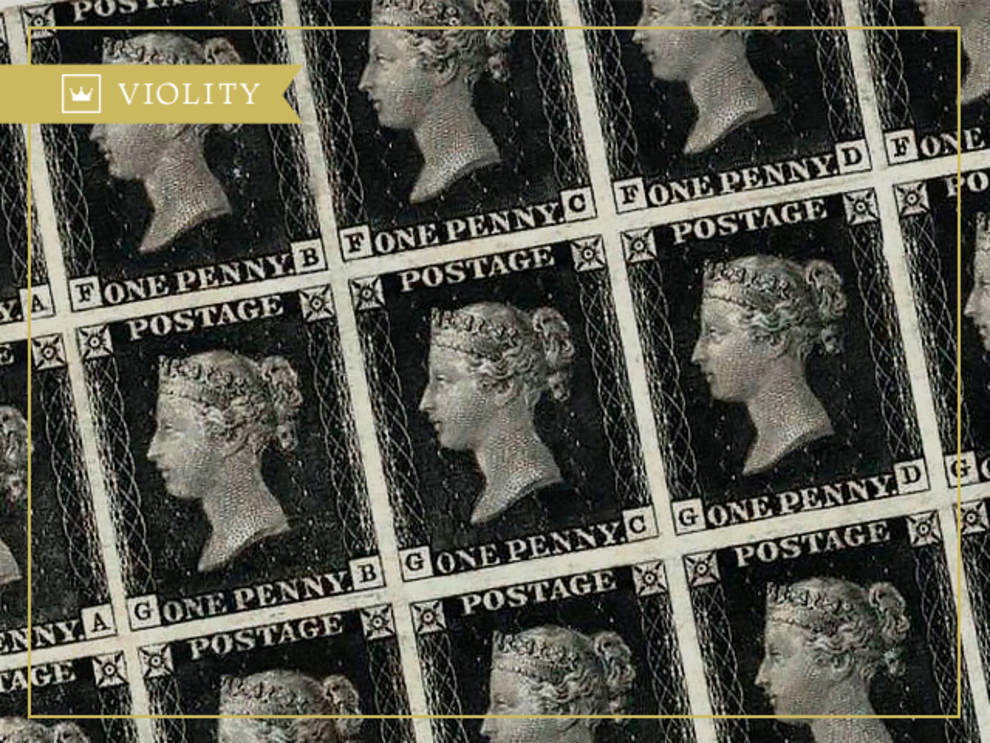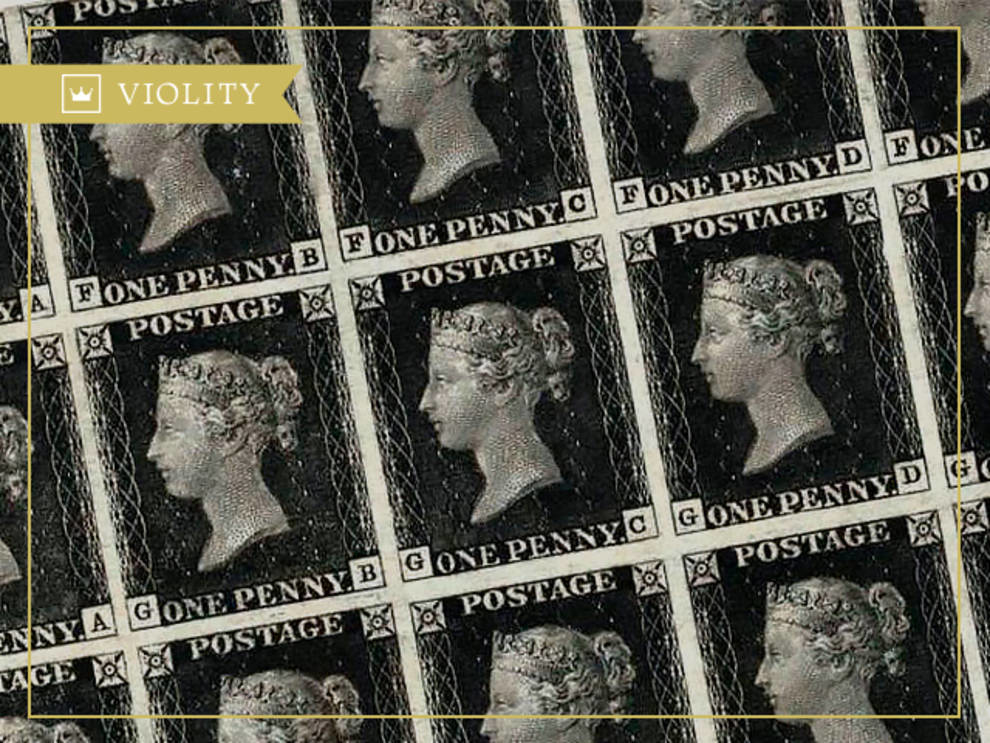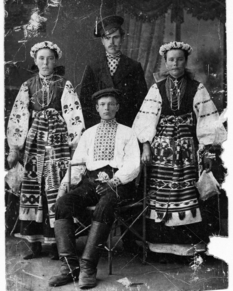
Why is the Black Penny postage stamp considered a rarity?
Through the efforts of Rowland Hill in the early days of May 1840, the first postage stamps were issued that went down in history as the Black Penny.
Postal reform and the introduction of stamps contributed to the growth of mail in England, facilitating the processing of mail and simplifying the calculation of payment for them. Due to the success of the reform, Rowland Hill was accepted to the postal service, becoming the general secretary of the English postmaster in 1854, and received £ 20,000 as a gift from the government. In London, a monument to Hill, and his ashes rest in Westminster Abbey next to the ashes of the inventor of the steam engine, James Watt.
Following England, brands began to be introduced in other countries: in 1843 - in the cantons of Zurich and Geneva and in Brazil, in 1849 - in Bavaria, etc.
The world's first stamps were printed by metallographic method. They had two inscriptions: "Postage" ("Postage") and "One penny" ("One penny", to indicate the cost).
The drawing for the “Black Penny” depicting the profile of Queen Victoria (1819–1901) was engraved by Charles and Frederick Heath according to a sketch by Henry Cole, which, in turn, was made on the basis of the medallion by William Vayon.

In the lower corners of the stamp there were letters that indicated the position of the mark on the stamp sheet, that is, the row in which it was located and its place in the row.
The stamp was printed with eleven printed plates (plates). The plate number 1 in the process of printing erased, and had to be replaced; The old and new plates are known as No. 1a and No. 1b. Plate No. 11 was planned to be used only for printing a red stamp (a newer one, produced in 1841, known as the “Red Penny”), but a small number of black stamps were still printed from this plate. Now they are very rare.
A total of 286,700 pages were printed from 68,808,000 stamps, and a significant part of them (at least a few percent) reached our days. So many stamps survived because the envelopes were not distributed at the time: the senders pasted the stamp directly onto the folded and sealed letter. If the recipient did not discard the letter, the mark was preserved.
It is known that in 1840 J.E. Gray (1800–1875) acquired the “Black Penny” in blocks of four, thus becoming the first known collector of postage stamps.
Although the “Black Penny” cannot be called a rare brand, many philatelists want it in their collection because of the historical importance of this brand.
Postal reform and the introduction of stamps contributed to the growth of mail in England, facilitating the processing of mail and simplifying the calculation of payment for them. Due to the success of the reform, Rowland Hill was accepted to the postal service, becoming the general secretary of the English postmaster in 1854, and received £ 20,000 as a gift from the government. In London, a monument to Hill, and his ashes rest in Westminster Abbey next to the ashes of the inventor of the steam engine, James Watt.
Following England, brands began to be introduced in other countries: in 1843 - in the cantons of Zurich and Geneva and in Brazil, in 1849 - in Bavaria, etc.
The world's first stamps were printed by metallographic method. They had two inscriptions: "Postage" ("Postage") and "One penny" ("One penny", to indicate the cost).
The drawing for the “Black Penny” depicting the profile of Queen Victoria (1819–1901) was engraved by Charles and Frederick Heath according to a sketch by Henry Cole, which, in turn, was made on the basis of the medallion by William Vayon.

Photo © ru.wikipedia.org
In the lower corners of the stamp there were letters that indicated the position of the mark on the stamp sheet, that is, the row in which it was located and its place in the row.
The stamp was printed with eleven printed plates (plates). The plate number 1 in the process of printing erased, and had to be replaced; The old and new plates are known as No. 1a and No. 1b. Plate No. 11 was planned to be used only for printing a red stamp (a newer one, produced in 1841, known as the “Red Penny”), but a small number of black stamps were still printed from this plate. Now they are very rare.
A total of 286,700 pages were printed from 68,808,000 stamps, and a significant part of them (at least a few percent) reached our days. So many stamps survived because the envelopes were not distributed at the time: the senders pasted the stamp directly onto the folded and sealed letter. If the recipient did not discard the letter, the mark was preserved.
It is known that in 1840 J.E. Gray (1800–1875) acquired the “Black Penny” in blocks of four, thus becoming the first known collector of postage stamps.
Although the “Black Penny” cannot be called a rare brand, many philatelists want it in their collection because of the historical importance of this brand.


